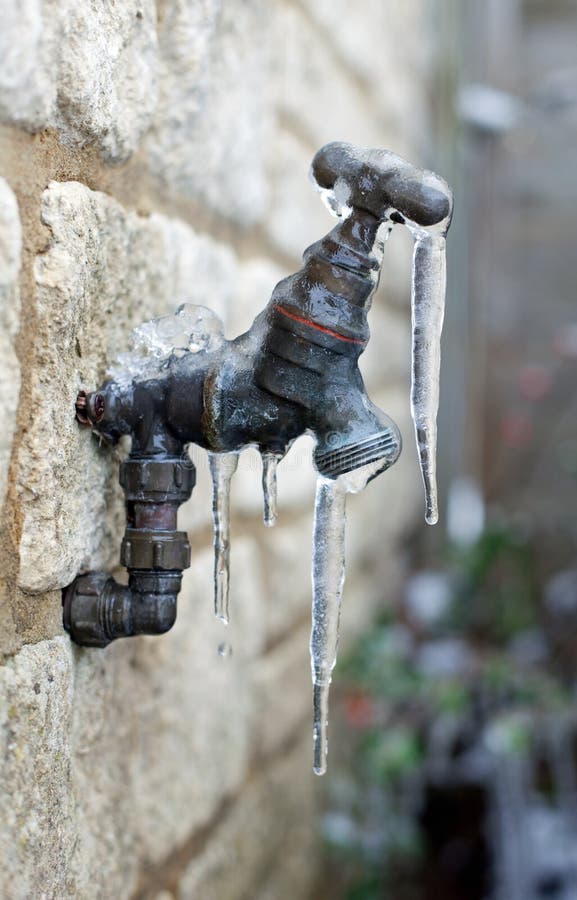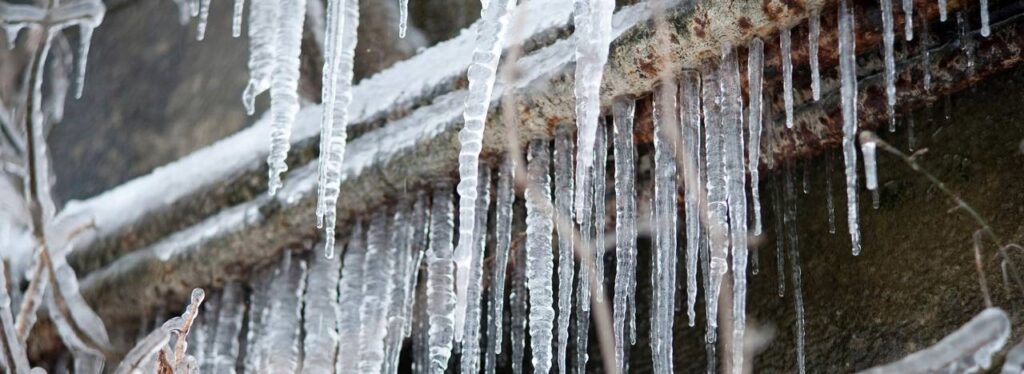Avoiding Frozen Pipes: Best Tips for Winter
Avoiding Frozen Pipes: Best Tips for Winter
Blog Article
Just how do you actually feel in relation to How To Avoid Freezing Pipes?

Cold weather can wreak havoc on your plumbing, especially by freezing pipelines. Here's exactly how to stop it from taking place and what to do if it does.
Introduction
As temperature levels decrease, the danger of icy pipelines rises, potentially leading to expensive repairs and water damages. Understanding exactly how to prevent frozen pipes is vital for home owners in cool climates.
Avoidance Tips
Shielding at risk pipelines
Wrap pipes in insulation sleeves or make use of warmth tape to safeguard them from freezing temperature levels. Concentrate on pipelines in unheated or outside locations of the home.
Heating strategies
Keep indoor spaces appropriately heated, particularly areas with plumbing. Open up closet doors to permit warm air to circulate around pipes under sinks.
Exactly how to determine icy pipelines
Search for lowered water circulation from taps, uncommon smells or sounds from pipelines, and noticeable frost on revealed pipelines.
Long-Term Solutions
Architectural modifications
Think about rerouting pipes away from outside wall surfaces or unheated locations. Add extra insulation to attics, cellars, and crawl spaces.
Updating insulation
Buy high-grade insulation for pipelines, attics, and wall surfaces. Correct insulation assists maintain regular temperatures and reduces the danger of frozen pipelines.
Safeguarding Exterior Plumbing
Yard pipes and outdoor taps
Disconnect and drain pipes yard hoses before winter. Set up frost-proof faucets or cover outdoor taps with insulated caps.
Comprehending Icy Pipes
What triggers pipelines to freeze?
Pipelines ice up when exposed to temperature levels listed below 32 ° F (0 ° C) for extended periods. As water inside the pipes ices up, it increases, putting pressure on the pipeline wall surfaces and possibly creating them to burst.
Risks and damages
Frozen pipes can cause supply of water interruptions, residential or commercial property damage, and costly repair work. Burst pipes can flood homes and create considerable architectural damages.
Indicators of Frozen Piping
Recognizing frozen pipes early can prevent them from breaking.
What to Do If Your Pipes Freeze
Immediate actions to take
If you suspect icy pipes, keep faucets available to ease stress as the ice melts. Utilize a hairdryer or towels taken in hot water to thaw pipes slowly.
Final thought
Avoiding icy pipes calls for proactive actions and quick feedbacks. By comprehending the reasons, indications, and safety nets, homeowners can secure their plumbing during winter.
5 Ways to Prevent Frozen Pipes
Drain Outdoor Faucets and Disconnect Hoses
First, close the shut-off valve that controls the flow of water in the pipe to your outdoor faucet. Then, head outside to disconnect and drain your hose and open the outdoor faucet to allow the water to completely drain out of the line. Turn off the faucet when done. Finally, head back to the shut-off valve and drain the remaining water inside the pipe into a bucket or container. Additionally, if you have a home irrigation system, you should consider hiring an expert to clear the system of water each year.
Insulate Pipes
One of the best and most cost-effective methods for preventing frozen water pipes is to wrap your pipes with insulation. This is especially important for areas in your home that aren’t exposed to heat, such as an attic. We suggest using foam sleeves, which can typically be found at your local hardware store.
Keep Heat Running at 65
Your pipes are located inside your walls, and the temperature there is much colder than the rest of the house. To prevent your pipes from freezing, The Insurance Information Institute suggests that you keep your home heated to at least 65 degrees, even when traveling. You may want to invest in smart devices that can keep an eye on the temperature in your home while you’re away.
Leave Water Dripping
Moving water — even a small trickle — can prevent ice from forming inside your pipes. When freezing temps are imminent, start a drip of water from all faucets that serve exposed pipes. Leaving a few faucets running will also help relieve pressure inside the pipes and help prevent a rupture if the water inside freezes.
Open Cupboard Doors
Warm your kitchen and bathroom pipes by opening cupboards and vanities. You should also leave your interior doors ajar to help warm air circulate evenly throughout your home.

I hope you enjoyed reading our section on How To Avoid Freezing Pipes. Thanks a lot for taking a few minutes to read through our short article. Sharing is good. Helping others is fun. We recognize the value of your readership.
Call Today Report this page